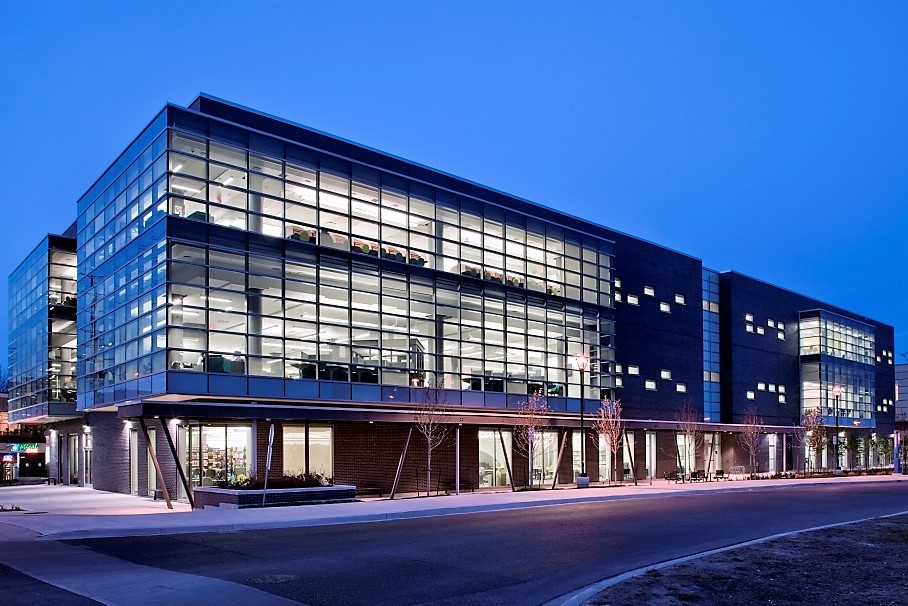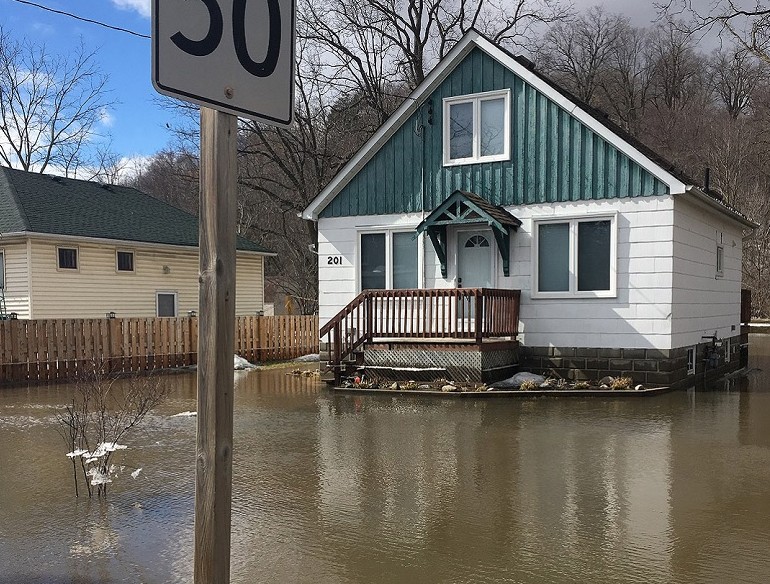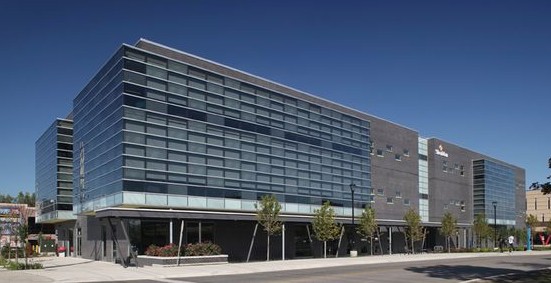
Sheridan College plans to boost Brampton’s energy efficiency, curb effects of climate change
When it comes to energy use and greenhouse gas emissions, Brampton is a pretty typical North American city. That’s not a good thing.
Currently, Bramptonians are spending a collective $1.8 billion per year on energy, with more than half of that going toward transportation, the rest to residential heating and cooling and commercial or industrial uses. Collectively, Brampton’s energy use is about twice as high as that of cities that lead in energy efficiency, many of them in Europe.
Not only are Brampton residents spending more on energy, they are spending it inefficiently. Brampton homes are about half as efficient on average as global benchmarks, and the average annual output of 5.6 tonnes of greenhouse gases (GHGs) per person is 10 times the level the government of Canada hopes we reach by 2050 under current targets.
On the city’s current trajectory, not only will spending more than quadruple over the next three decades, to somewhere between $7.5 billion and $14.6 billion, the city will be dealing with severe impacts from climate change.

Flooding in Bolton this spring; Peel is expected to be hit by more frequent weather hazards
Sheridan College wants to play a role in changing all that.
The college and the city are partnering to create the Community Energy and Emission Reduction Plan (CEERP). The strategy has been in the works since last year. Once completed in early 2020, it will serve as a roadmap for Brampton to improve energy efficiency and do its part in mitigating the looming impacts of climate change, which have been made all too clear by experts in recent months.
In late 2018, the Intergovernmental Panel on Climate Change released a nightmarish report detailing how many of the most devastating impacts of climate change (think sea-level rise, flooding, food shortages, species loss, and the disappearance of coral reefs and the polar ice caps) may come much sooner than originally thought. The report states that if GHG emissions continue at the current rate, the world’s climate could warm to 1.5C above pre-industrial levels by 2040. Previous studies and projections noted severe impacts from climate change would come when the climate had warmed 2C above pre-industrial levels.
However, it’s now become increasingly clear that many of those impacts (sea-level rise, drought, food scarcity) will be felt at the 1.5C level.
If there isn’t a drastic change in policies to control greenhouse gas emissions in critical areas of industry, including development and land use, we may pass the point of no return, leading to the displacement of entire nations and a flood of environmental refugees that will cost the world economy trillions of dollars.
Further, an updated report commissioned by Environment and Climate Change Canada was made public on April 1, like a sour April Fool’s joke, suggesting that temperature rise in Canada is worse than previously thought.
The latest data shows that Canada as a whole is warming at twice the rate of the rest of the world, and that rise in temperature is even worse in Northern Canada, which is warming at three times the global average. Since 1948, the report found that Canada’s average temperature over land has warmed by 1.7C, while data from the National Atmospheric and Oceanic Association shows the global average has increased by 0.8C.
All of this to say, these impacts of climate change are much closer than we think.
Herb Sinnock, the director of sustainability for Sheridan, says that to begin moving the needle in the opposite direction, everyone must start small and work together to find common solutions.

Brampton's Sheridan College Davis Campus
“There are a lot of small decisions that are going to be made by individual citizens, by companies, by institutions, by our municipal government and its policies, and they all need to coalesce, they all need to be focused on that common goal,” he tells The Pointer. “Our goal with the planning is really to articulate what that means, what kind of policies are we going to have to be looking at, what kinds of systems are we going to have to be putting in, and really get our citizens in the conversation about how that looks.”
Right now, the plan is in the data gathering and study phase, after which the doors will be open for public feedback on what those solutions might look like in Brampton.
Sinnock says the typically promoted solutions — things like energy retrofits for residential homes, some of which are eligible for financial incentives to homeowners — have gotten little traction.
“It clearly points to a deficiency in the model,” he says.
A better solution would be to get those energy-efficient options in place right from the start. In Brampton, a city growing at a rate well above the national average, this is particularly significant. Getting developers behind incorporating energy-efficient options in building materials, lighting systems or the utilities provided to the development as a whole, and doing so at the ground level, would go a long way toward mitigating the future carbon footprint of new developments.
“Let’s look at structures that can make that happen, then mobilize local contractors or building developers and home companies that can do this almost in a cookie-cutter way,” Sinnock suggests.
Taking a smart-development approach as part of the city’s CEERP is an idea backed by the findings of the IPCC report released in late 2018, which points to municipal leaders and smart urban growth as key factors in mitigating the impacts of climate change.
“Urban governance is critical to ensuring that the necessary urban transitions deliver economic growth and equity. The proximity of local governments to citizens and their needs can make them powerful agents of climate action, but urban governance is enhanced when it involves multiple actors, supportive national governments, and sub-national climate networks,” the report says.

The Downtown Reimagined plan will replace aging underground infrastructure that can no longer handle the impacts of climate change
Sinnock says municipalities must lead by example if they want residents to buy into future proposals to change energy usage or lifestyle.
“They model what our residents see. We need the municipal government and all its facilities engaged, involved, and part of the plan and signalling what is happening,” he says. “We also need the community to understand the bigger conversation and the pieces that we need to move to transform our future.”
A task force of community members has already been formed, which the City of Brampton says will act as advisors and assist with community engagement efforts as the plan is developed.
“Energy is such a constant in our everyday lives that we sometimes take it for granted. I’m so pleased we are partnering with Sheridan on this exciting new project that will have positive economic, environmental and social outcomes for our community,” Mayor Patrick Brown said in a press release.
The plan, which will get $90,000 in assistance from the provincial government, is slated to be completed in early 2020.
Email: [email protected]
Twitter: @JoeljWittnebel
Submit a correction about this story


